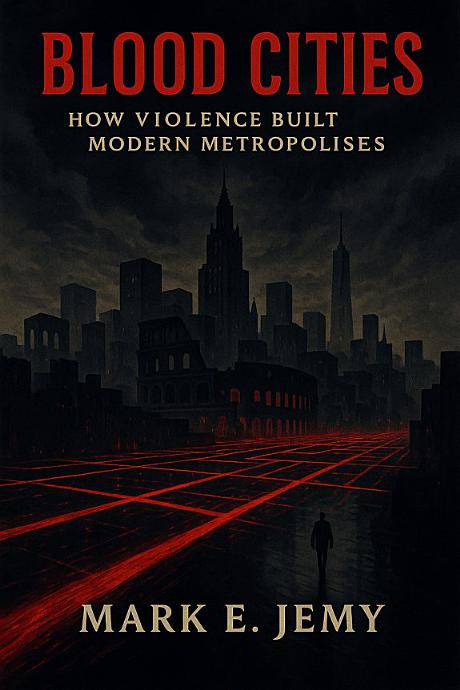Blood Cities: How Violence Built Modern Metropolises Streets Paved with Shadows
Blood Cities: How Violence Built Modern Metropolises
Explore the intricate tapestry of urban history with 'Blood Cities: How Violence Built Modern Metropolises'. This compelling narrative delves into the often-overlooked role of violence in the development of the world’s major cities. From ancient civilizations to contemporary metropolises, discover how power struggles, conflicts, and violence have been instrumental in shaping the urban landscapes we navigate today.
The Hidden Tapestry of Urban Development
Our cities are more than just concrete and steel; they are living stories of human endeavor and conflict. 'Blood Cities' provides an insightful examination of how violence has been a catalyst for change and growth in urban settings. The book challenges conventional perspectives, urging readers to consider the underlying forces that have influenced city planning and development.
Key Themes and Insights
- Historical Analysis: Journey through time and uncover the historical milestones where violence intersected with urban growth.
- Modern Implications: Understand how past conflicts continue to influence contemporary cityscapes and societal structures.
- Urban Narratives: Discover personal stories and accounts that bring to life the human element behind these transformations.
About the Author
Written by a seasoned historian, 'Blood Cities' combines meticulous research with engaging storytelling to provide a fresh perspective on urban history. The author's expertise in both history and urban studies offers readers a comprehensive and thought-provoking analysis of how violence has shaped the world’s cities.
What Readers Are Saying
Readers have praised 'Blood Cities' for its captivating narrative and insightful analysis. It has sparked discussions about the hidden histories of our cities and the complex interplay between violence and urban development.
From historical references to cultural echoes, this book builds a bridge between the lessons of the past and the questions of the present. It paints a vivid picture of how time reshapes our understanding of progress and identity.
The result is not just a collection of ideas, but a living dialogue that invites participation, self-inquiry, and perspective.
Ultimately, this book leaves the reader with a sense of clarity and curiosity — a reminder that understanding begins when we dare to question what we think we already know.

